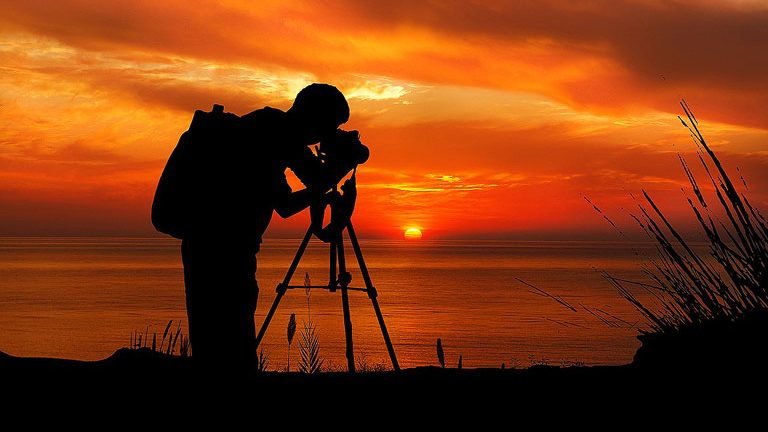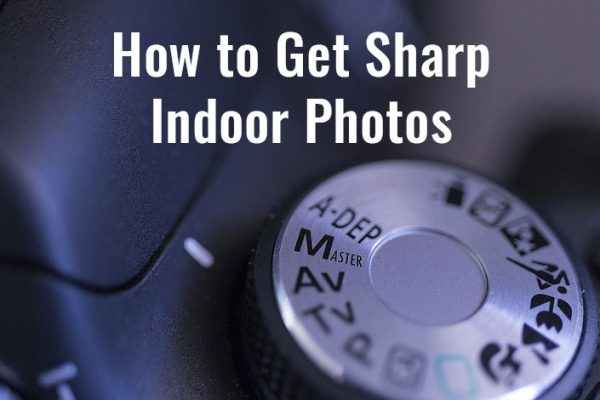One of the biggest concerns photographers have is blurry photos. This is especially common if perhaps you’re trying out a new type of photography such as night photos or long exposures to capture a waterfall, for instance. Even a slight camera shake can spell trouble for getting nice sharp photos. The good news is that you can usually prevent blurry photo issues by using a tripod. But many people don’t know where to start when it comes to picking the right tripod to buy. In this post, I’ll explain why you can benefit from using a tripod and what to look for when buying a tripod.
Advantages of Using a Tripod
Long Exposures
When you are doing long-exposure photography such as shooting waterfalls or the night sky, the shutter speed needs to be very slow. It’s impossible to hold the camera perfectly steady while the shutter is open for that long. This is where a tripod is really going to help.
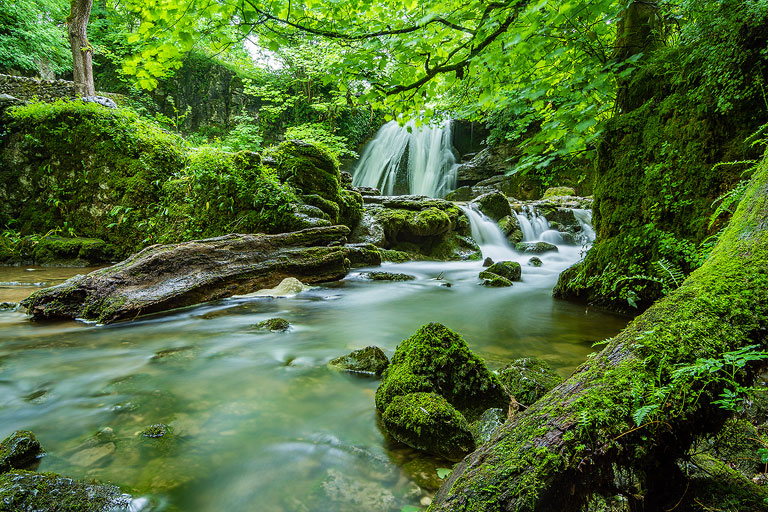
Landscape Photography
Typically when you’re shooting landscapes you will be using a very small aperature to get maximum depth of field. This means the shutter speed will be a little slow. If you use a tripod, you can relax and not be concerned about camera movement while the shutter is open. And you’ll also be perfectly set up for your next shot, or be in the exact same position as the sun moves up or down on the horizon.
HDR Photography
HDR photography involved taking multiple shots at different exposures (called bracketed exposures) and then merging the exposures in Photoshop, Lightroom, or other editing software. It’s critical that there be no change in camera position between shots, or it will be difficult to impossible to merge the images into one sharp image. So you can see that using a tripod for HDR photography will ensure your multiple shots are framed exactly the same.
Wildlife Photography
In most cases, if you’re photographing wildlife you’ll be using a very long, heavy zoom or telephoto lens. A long lens magnifies any camera shake, increasing the chances of a blurry image. Also, trying to stay in the same position for some time while waiting for your subject to appear just right can be difficult. A tripod will carry the burden for you and help make sure your photos are sharp.

What Are the Most Important Features of a Tripod
Now that you understand how using a tripod can help ensure your photos are tack sharp, let’s look at what it actually does for you:
- The three legs provide stability.
- Leg locks – Once you’ve adjusted the tripod you need to lock the legs so it stays in position. Most have a flip-lock or twist-leg locks.
- The center column adjusts up or down so you can set the tripod to the right height for your shot.
- Feet – the bottom of each leg of the tripod is called a foot and it usually has rubber on it so it won’t scratch. Some models allow you to get other types of feet like spikes or claws for gripping rock.
- The tripod head at the top of the column typically adjusts horizontally or vertically so you can move it to the right position. Some tripod models have ball heads with a screw to lock it into position, while other models have pan and tilt heads. Be sure to look for a tripod that has a moveable head, as some budget models may have a fixed head.
- The tripod plate connects the tripod had to your camera body. It’s helpful to have one for each camera if you have more than one.
What to Look for When Buying a Tripod
Leg stiffness – this is important. You want a tripod with stiff, sturdy legs, they shouldn’t flex. Otherwise, they may bend or even fall over in a strong wind or if you have a heavy camera and lens attached.
Weight – oftentimes, cheaper tripods will be heavy and likely made of aluminum. Carbon fiber is pricier, but it will lighter yet stable and durable. Keep the type of photography you’re doing in mind because the weight may be critical if you’ll be dragging your tripod around with you quite a distance.
Is it Tall or Low Enough for You – If you’re doing macro photography, you may need a smaller tripod that you can move closer to ground level or table top. Or if you’re really tall, check to see if the tripod extends high enough for your eye level.
Load Capacity – Pay attention to the maximum weight a prospective tripod can hold. Keep in mind how much your heaviest camera plus lens weighs.
THE BOTTOM LINE: Buy the sturdiest tripod you feel comfortable carrying and pick one that best suits the type of photography you do the most. Whatever you do, don’t CHEAP OUT. If you buy a really flimsy $40-full-sized tripod, chances are it’s going to fall over the first time the wind blows and potentially damage your camera.
Types of Tripods You Can Buy
Tabletop or Mini Tripods
These pocket tripods are lightweight, small, and easy to carry on the go. They’re perfect for travel and you can toss them in your backpack. These will support a digital compact camera but be sure to check the specs if you plan to pair one with a mirrorless or DSLR camera. My recommendation is Manfrotto PIXI EVO 2-Section Mini Tripod pictured below.
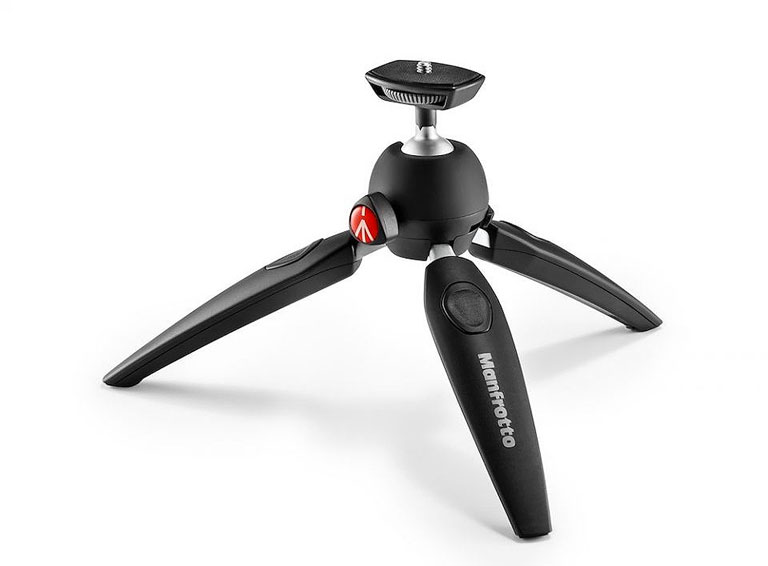
Best Tripod to Buy for Beginners
If you’re looking for your first tripod, the Manfrotto Compact Advanced Aluminum Tripod with ball head may be a good choice for you. It’s compact, it has a fast set-up, it’s made of reinforced aluminum so it’s sturdy with good support, and it’s lightweight. This tripod has a ball head that allows you to make micro-movements so you can get precise framing. It works well with a DSLR with standard zoom lenses up to 200mm.
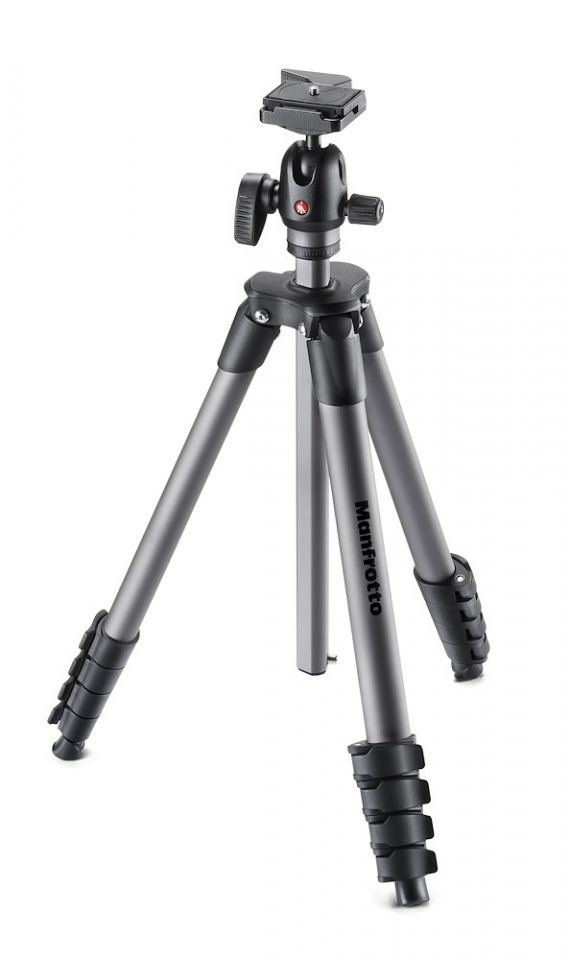
Mid-sized, General Purpose Tripod
These tripods fall into the mid-range category. Look for one that’s compact, lightweight, solid, easy to adjust, and that works with DSLRs and compact cameras with various lenses. The one I like is Manfrotto Kit Befree 3-Way Live Advanced which is designed for hobbyists and amateur photographers for performance and versatility.
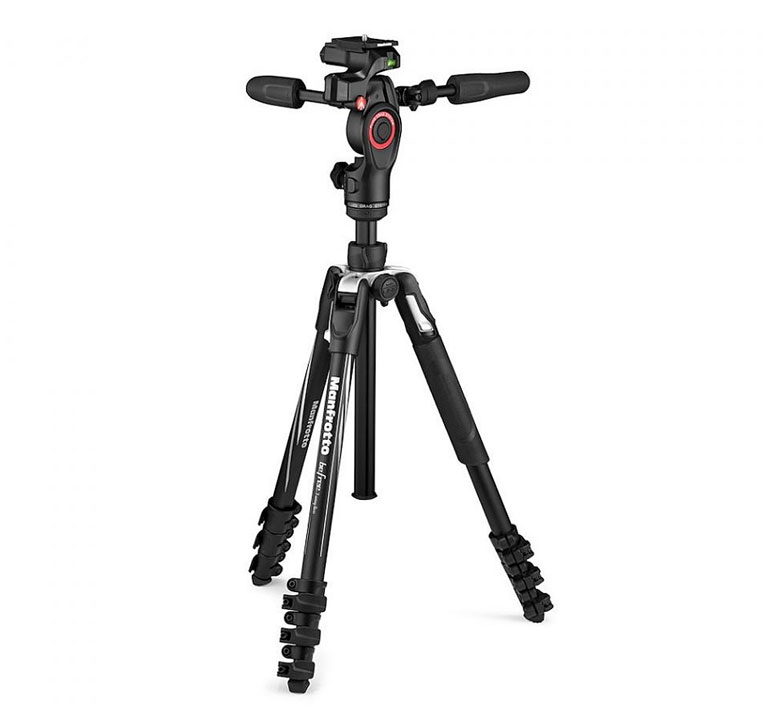
Medium and Heavy-Duty Tripods
These are heavier to carry around, but they’re sturdy and offer the best support for your camera. You’ll like using them indoors and outdoors and they are excellent at eliminating vibrations. While more expensive, they’re worth the investment for more serious photo enthusiasts. The Manfrotto 190XPro4 is rigid and sturdy with an XPro ball head. This is a full-sized tripod with a Quick Power Lock system for quick and easy set-up, built-in rotating bubble, leg angle selectors, and an innovative vertical column mechanism that swings to the horizontal position.
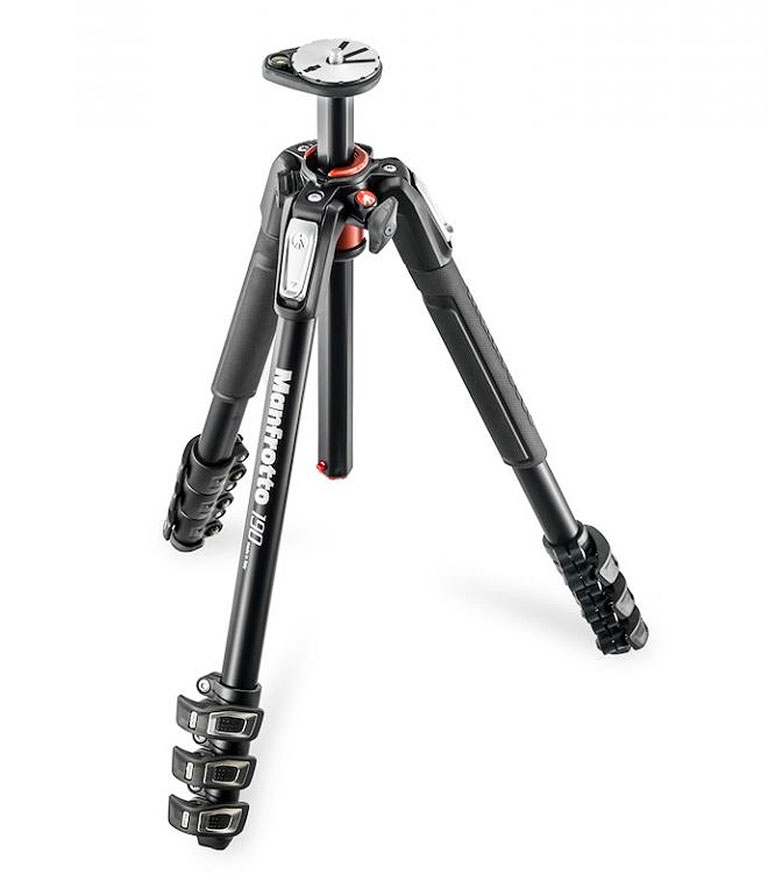
Final Thoughts on Buying a Camera Tripod
In this post, I’ve explained how tripods can help you get sharper photos and what kind of photography might benefit from using one. You’ve also learned the important parts of a tripod and what to look for when buying a tripod. While they can be a bit of a hassle to drag along, you’ll find that they make such an improvement in your photography you’ll wonder why you didn’t get one sooner.
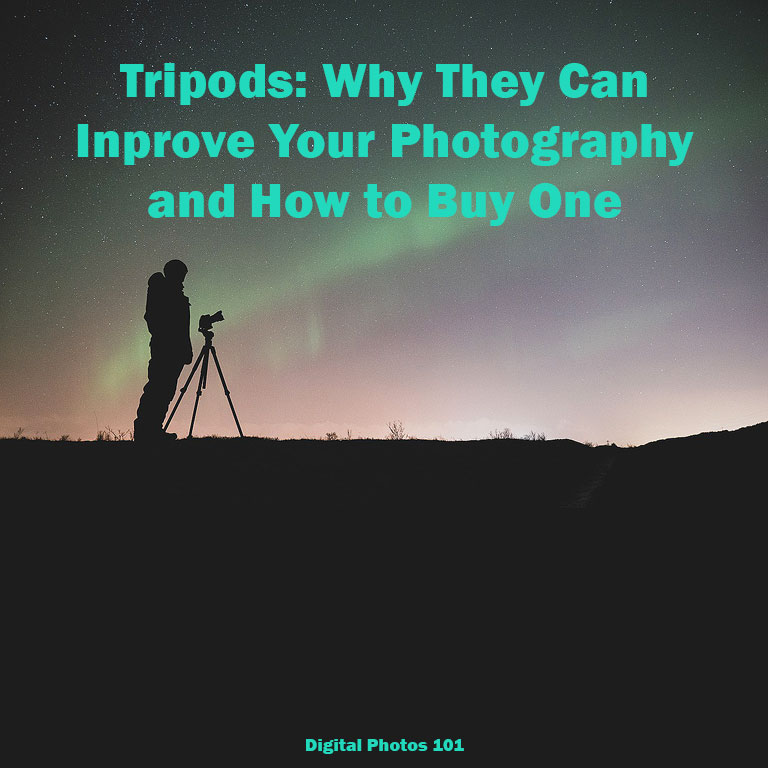
To help defray my website operating costs I belong to several affiliate programs. In some instances, I may receive a small commission for products viewed or purchased via my referral. Opinions are solely my own and I try my best to write honest reviews and only recommend products I would use myself.

